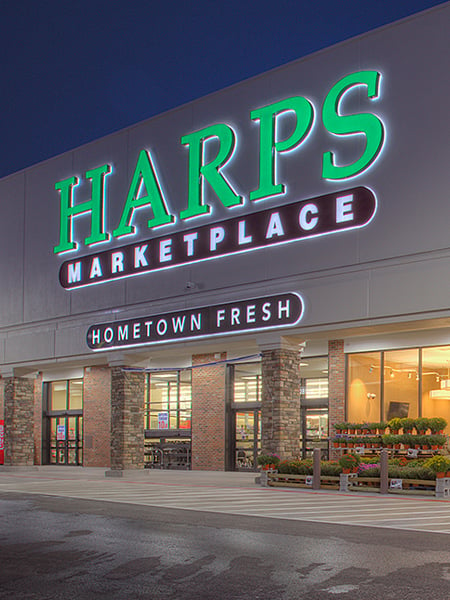4 tips for success with frontline tech
by Sean Oliver, on October 16, 2019
One thing that’s baffled us since the early days of Crew is why only 1% of venture capital funding goes toward software for the 80% of workers who don’t sit at a desk. Of course, we designed Crew specifically for the 2.7 billion people who don’t have ready access to good communication technology on the job, but that’s just the tip of the iceberg. Other startups are finally starting to tackle similar frontline pain points around recruiting, training, and the employee experience.
So, what if you want to take advantage of the latest technology, but don’t know where to start, or how to ensure frontline adoption? Restaurants, grocery stores, salons, hotels, and other service-oriented businesses have been neglected by the tech industry for so long that they’re accustomed to relying on old school tactics like break-room bulletin boards, paper newsletters, or printed daily checklists. Although digitization is all around us in our personal lives, any big change to the tools you use for work can feel daunting when you’re focused on keeping your business staffed and delivering a great customer experience.
With the millennial generation taking over the workforce, now is the time for forward-thinking enterprises to buck their status quo and embrace the screen age mentality. Taking the lead in providing consumer-friendly apps and tools to your workers can be a huge advantage in today’s tight labor market, where employee retention and engagement are more integral to your success than ever.
With that in mind, here are four key lessons we’ve learned from Crew customers who've achieved impressive technology adoption amongst their frontline and are driving real business value as a result:
- Meet your frontline where they already are: David Morrison over at Taco Bell franchisee, Tacala, puts it nicely, saying, “Crew engages my employees where they are at, which is on their phones. For years, we’ve been trying to get people to engage with the content that we present to them. Crew lets us put that information on their phones and that’s really powerful. I see no reason to fight the current of phone usage. It’s obviously here to stay and so we see this as an opportunity to reach people in new ways.” That said, beware of bring-your-own communications channels like group texting, which seem deceptively simple but can expose your business to hidden risks.
- Facilitate adoption with trainings and orientations: Enterprises that are intentional about the onboarding process for new technologies like Crew inevitably see faster adoption. For instance, our friends at Arby’s franchisee, Carisch, started out by holding quick web trainings for managers, during which they received texts with a link to download Crew, and could quickly invite their teams with minimal support from IT. During the rollout, the central office monitored who was using the platform, and reached out to managers who needed extra help getting comfortable.
- Give them information they can’t get elsewhere: We’ve heard many great examples of the things people share on Crew to engage their employees. Go beyond posting just schedules or corporate news, and get your frontline hooked by sending them instant answers to live questions they’re fielding from customers (as Valero does); celebrating anniversaries, milestones, and personal achievements (Planet Fitness); sharing personal leadership stories and uplifting quotes (Jimmy John’s); or updating them on new promotions, contests, metrics, recalls, and charitable giving opportunities (Pizza Hut).
- Lead by example from the top-down: “Our above-store coaches set the standard with how to use Crew for frequent, positive communications,” notes Cathy Blankman, growth leader at KMAC, another Taco Bell franchisee. At Spokane Valley Pizza, Angie Davidson shares how Crew helps leaders build connections, “Crew helped us break the communication barrier, and employees get a lot of value from knowing what’s going on and not being left in the dark, so they feel more empowered and capable.” Just be sure to avoid any “big brother” vibes. At some organizations, there’s a fine line between establishing open communications and a culture of recognition, and leaving your frontline with a sense that someone’s watching their every move.
- Let your digital natives make the app their own: Don’t put strict work-only barriers around your tools. One of the best perks of technology is its ability to bring people together and help them feel connected to your company, regardless of the shifts they work or how dispersed your locations are. Sufiya Syed, the chief human resources officer at a Burger King franchisee, shared, “We’ve really seen a boost in morale since adopting Crew. It’s like each restaurant having its own social network, which employees use to communicate and encourage each other with happy birthday messages or other announcements.”
Do you agree that the tech industry and venture capitalists should increase their focus on the enterprises that depend on front-line, deskless workers? If so, share your technology wishlist on Twitter, and let’s keep the conversation going.


